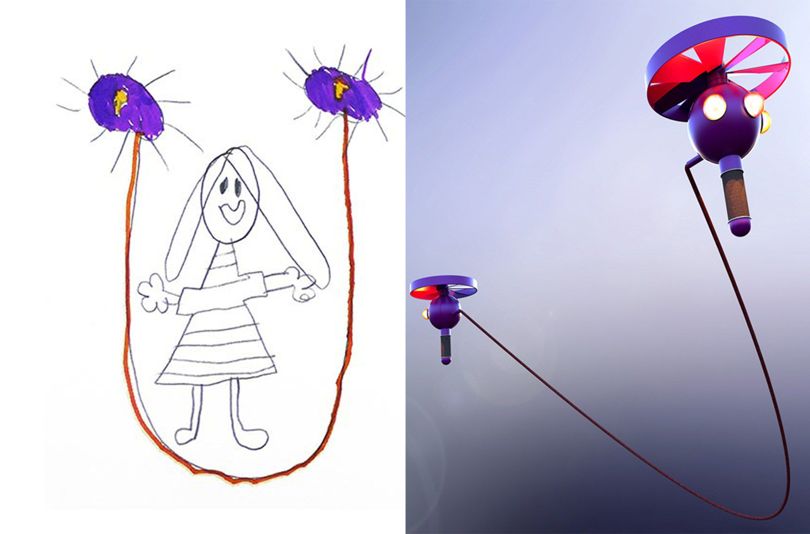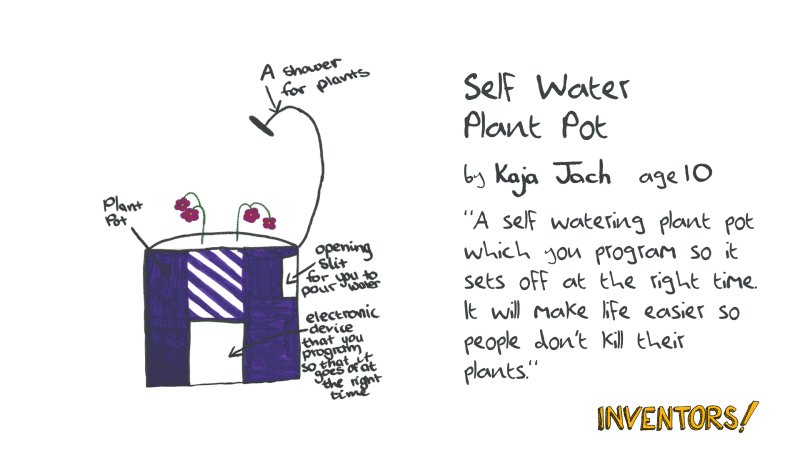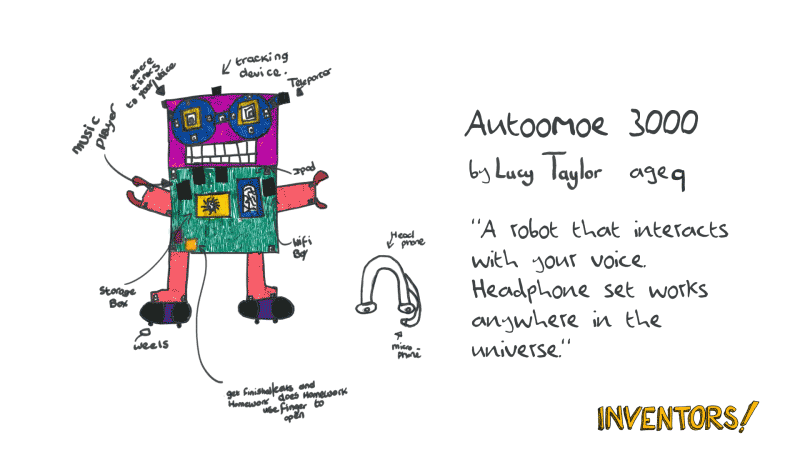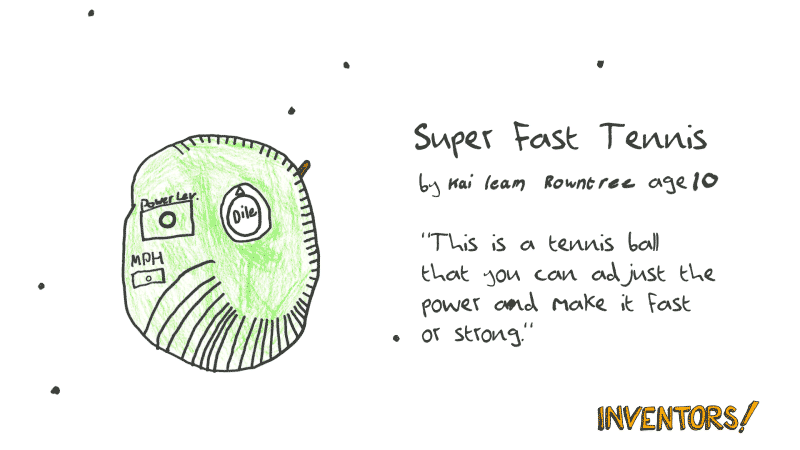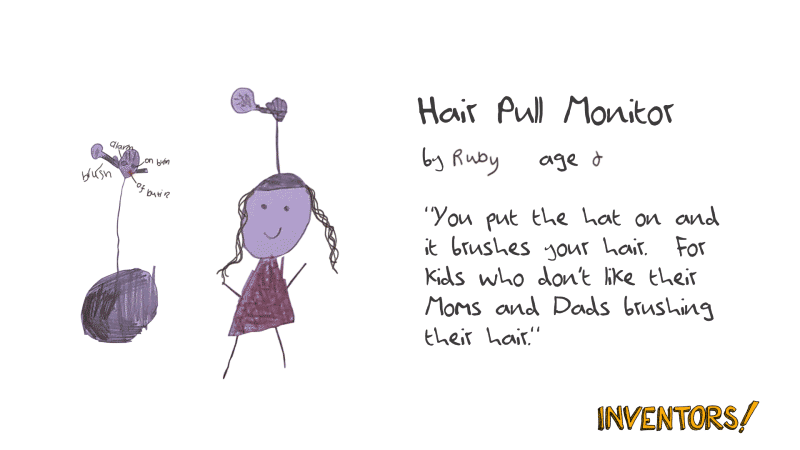A self-hovering skipping rope; an umbrella for ladybirds; a pneumatic lift to hoist homes out of the path of war-mongering dictators and a 3D printed hook that can lift out the very last malingering Pringle from the tube.
If CES was this good, WIRED would never come back from Las Vegas.
Through a series of 19 workshops, inspired by his earlier work at STEAM Co, Wilcox asked 450 children in Sunderland and South Tyneside to draw an invention that might improve their lives, whether "crazy or useful", and think through how it might work in practice. Then, from a total of 600 submissions, Wilcox chose those with potential for spectacular or genuinely useful applications in the real world. "I picked out about 60 that I thought were interesting, surprising, innovative, useful or just plain bonkersly brilliant." Wilcox told WIRED. "I then showed this selection to the group of makers that were interested in taking part in the project."
After we had selected what ideas were to be made I asked the children to come in and meet with the maker to describe in more detail what their idea is, how it should look and work.
Some children gave a few key pointers to their inventor partners -- such as one four-year-old, who was "a little shy", Wilcox said, but described their voice-activated camera well enough to create a fully functional design. "Other older children went into great detail about how their idea worked. We also got some of the kids to visit the maker's workshops such as Sophia, age six, who invented an umbrella for lady birds. She visited the National Glass Centre in Sunderland and Norman, a master glass maker, came out of retirement to make her idea in glass while Sophia watched on."
Seeing their inventions made real, the children involved often felt as if "their imagination had come to life", Wilcox said. "I think the kids gained a realisation that their imagination is a powerful thing and that their ideas can actually lead to some amazing things." Children have inherent strengths when designing inventions, Wilcox added -- ones that tech companies would do well to try and emulate. "They do have less information in their minds than adults and less experience of life to know what's possible or not. However, I found that freedom of thought to be a great thing as I was getting some ideas that may not be practical today but may well be in the future once technology catches up." "I think as adults we tend to limit our thoughts to what we know is doable now, therefore limiting the potential of our ideas."
Not all of the ideas picked out for realisation are practical yet, Wilcox said. But that wasn't itself a reason not to choose a given idea. "One young girl Charlotte, aged 11, came up with a Liftolator 'War Avoider' device that would lift a family home up into the air away from the war zone and travel on wheels to a safer place. A maker at Fablab Sunderland, Erin Dickson, created a model complete with glass 'invisibility blanket'. "No practical limitations were put-on the children, if it was a good idea we would work out a way to represent it in 3D," Wilcox said.
There have arguably never been so many practical ways for children to get involved in making things, whether that's in the virtual blockscape of Minecraft or Disney Infinity, or with low-cost computer hardware like the Raspberry Pi. Even traditional toys from LEGO to Meccano are still popular for kids pre-disposed to the maker mindset. But not every young person has the opportunity given to them directly, and Wilcox argued more could be done to inspire them.
"Kids get so much highly polished entertainment via screens nowadays, in some ways they don't need to use their imagination as it is all done for them," he said. "Boredom is one of the great inspirers of the imagination. Children (and adults) need a mental space in order to start filling it with their creativity. I was a little surprised to notice quite a few kids were not used to making things with their hands. Probably because they use screen based things so much. "As an artist and designer I think making quick prototypes is an essential part of the creative process as it helps you visualise the idea and make improvements and alterations. Giving a kid a box of raw materials and showing them how to make something would give them some skills that they can then use themselves," Wilcox explained.
An exhibition of the project is open until 30 January at 18 Fawcett Street, Sunderland, but the project won't end there. Wilcox said the next step would be an INVENTORS! STEAM Co conference, on Friday 29 January also at Monkwermouth Academy in Sunderland, aimed at educators, makers and artists to continue the work in different forms.
